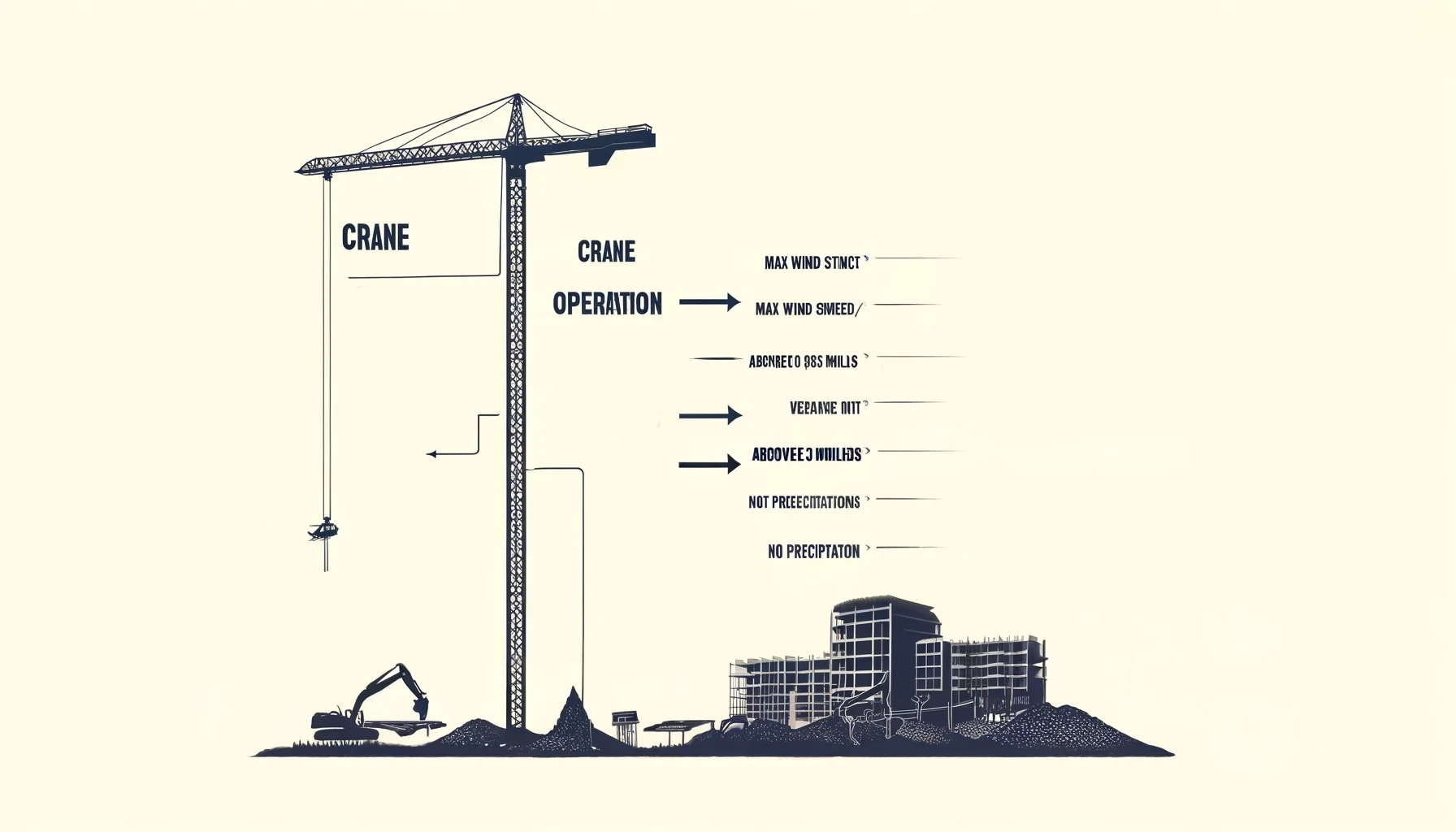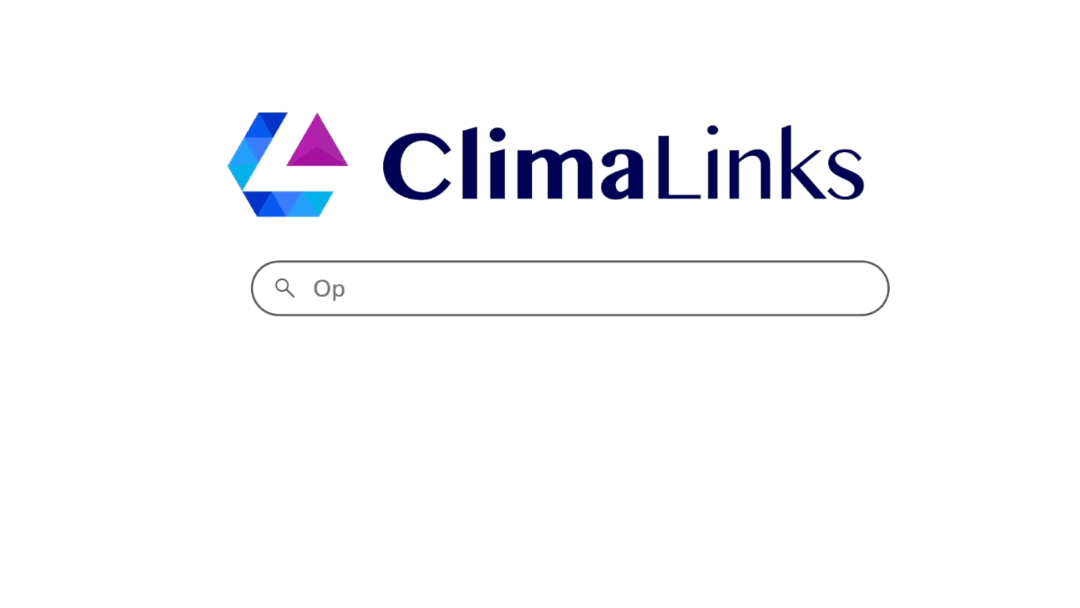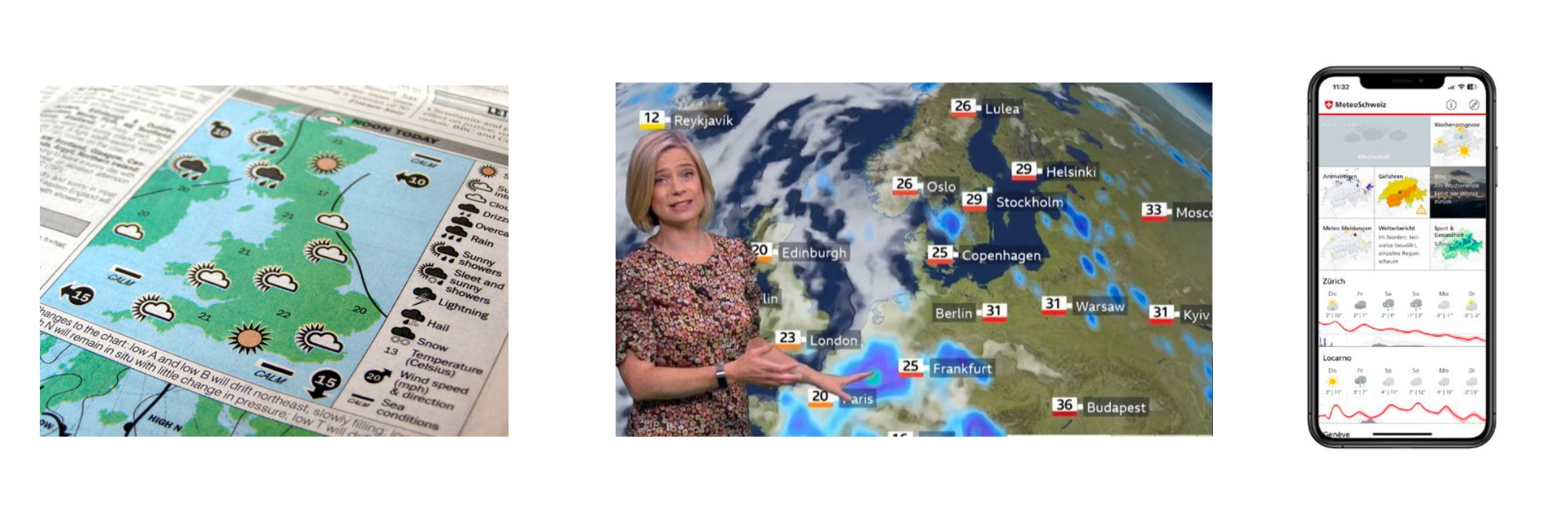 At the frontier of AI innovation, Text-to-Index emerges as a revolutionary methodology, transforming data interpretation across various industries, beginning with meteorology but with potential far beyond.
At the frontier of AI innovation, Text-to-Index emerges as a revolutionary methodology, transforming data interpretation across various industries, beginning with meteorology but with potential far beyond.
Text-to-Index: The AI Revolution Unlocking Hidden Data Insights with Language Models
In the era of big data, the challenge isn't just having information—it's making sense of it. The sheer volume and complexity of data, especially in fields like meteorology, have overwhelmed traditional analysis methods. Indices have long helped us interpret this data, but they often fall short of providing tailored, nuanced insights. At ClimaLinks, we've pioneered the Text-to-Index technology, advancing the frontier of AI to convert complex meteorological data into actionable insights.
The rise of generative AI, particularly Large Language Models (LLMs), presents a game-changing opportunity. We're no longer just generating text or images; we're using AI to unlock deeper understanding within data itself. Enter Text-to-Index, a pioneering methodology that leverages LLMs to generate insightful, readily interpretable indices. These indices are then applied to complex datasets, transforming raw data into actionable knowledge.
How Text-to-Index Works
-
1. Understanding the Question: An LLM, trained on vast amounts of domain-specific knowledge, is presented with a question or objective. For instance, a meteorologist might ask, "What are the ideal climatic conditions for a particular crop?"
-
2. Index Generation: The LLM identifies the key factors relevant to the question and generates a custom index that reflects these factors. This index could consider variables like temperature, humidity, rainfall, and sunlight, each weighted according to their importance for the specific crop.
-
3. Data Interpretation: The generated index is then applied to the relevant weather data. The result is a clear, quantifiable assessment of how closely the data matches the desired conditions.
Text-to-Index is a groundbreaking approach that utilizes LLMs to generate insightful, easily interpretable indices, which are then applied to complex data. This innovative method signifies a major paradigm shift, providing a new perspective for data analysis that goes beyond the confines of traditional methodologies. Developed at ClimaLinks, this methodology is a testament to our commitment to transforming the accessibility and usability of weather data through cutting-edge AI.
 Simple Text-to-Index Example: Users indicate their plans, and AI rapidly determines an index to interpret raw weather data into a more understandable and automatable scale, ranging from unsuitable to favorable.
Simple Text-to-Index Example: Users indicate their plans, and AI rapidly determines an index to interpret raw weather data into a more understandable and automatable scale, ranging from unsuitable to favorable.
The Power of Text-to-Index
-
Removing the Bottleneck: Text-to-Index eliminates the need for a data scientist or domain expert to manually interpret data for each specific question. This democratizes access to data-driven insights, making it easier for non-experts to leverage data effectively.
-
Tailored Insights: Unlike generic indices, Text-to-Index generates custom indices that are perfectly aligned with the user's specific needs, leading to more accessible and relevant insights.
-
Adaptability: Text-to-Index can be applied to a wide range of datasets and questions, making it a versatile tool for various industries.
-
Efficiency: The entire process is automated, significantly speeding up data analysis and decision-making.
Unleashing the Power of Text-to-Index in Weather Forecasting
ClimaLinks is at the forefront of utilizing Text-to-Index in the field of meteorology. Our technology not only interprets existing forecasts from multiple perspectives but also significantly affects safety and disaster management outcomes.
-
Expanding Interpretative Capabilities: Traditional interpretation of weather forecasts is often constrained by human cognitive bandwidth. When forecast data is manually analyzed, interpreters are forced to selectively focus on immediate and prominent data points, often missing less obvious but critically important insights further into the future. Text-to-Index alleviates this bottleneck by creating indices that automate the interpretation process, allowing for a more comprehensive consideration of all relevant data.
-
Enhancing Non-Emergency Responses: While emergency teams may have developed bespoke indices to streamline their responses, specialized indices are not commonly available for everyday situations. The general public and regular businesses often react to weather events only when they are imminent, despite earlier forecasts containing actionable information. Text-to-Index democratizes this capability by providing tailored services that were previously only possible with in-house meteorologists by automating index creation for interpreting complex forecast data effectively.
Accuracy Isn't the Only Consideration: Usability and Interpretability Deserve Equal Innovation
Interestingly, while weather forecasting accuracy improves by about 0.1 days per year (or approximately 2.4 hours per year), the impact of accuracy gains is often negated by how infrequently we check our data feeds (e.g., if you only check once a day, such as in the morning). Traditionally, as humans were required to interpret the weather data to their own needs, this bottleneck was unavoidable. However, with the ability to create indices for each of our unique needs, this is changing. Indeed, creating tools that leverage the full spectrum of available data can be far more beneficial than incremental accuracy improvements, especially given its relatively untapped potential in meteorology.
At ClimaLinks, we recognize that enhancing usability is as critical as improving accuracy. Our custom Text-to-Index model is specifically designed to bridge this gap, providing tailored indices that transform how individuals and organizations interact with meteorological data.
By creating indices that identify essential weather constraints, Text-to-Index not only enhances usability through automatic analysis but also elevates the importance of usability to complement accuracy, which has traditionally been the main focus of AI innovations in this field. Equipped with more intuitive and actionable interpretations, everyone from beachgoers to city planners can make better-informed decisions, thus maximizing the utility of the vast amounts of weather data already at their disposal.
 Example output from our preliminary model, which created an index detailing the ideal weather constraints for sailing. This highlights the nuanced understanding of which variables are most important—primarily wind-related—as well as the boundaries within which they should fall.
Example output from our preliminary model, which created an index detailing the ideal weather constraints for sailing. This highlights the nuanced understanding of which variables are most important—primarily wind-related—as well as the boundaries within which they should fall.
Envisioning the Future with Text-to-Index
As we reflect on the journey from the genesis of Text-to-Index at ClimaLinks to its broadening scope across various industries, it's clear that this technology is more than just an innovation—it's a transformative force. The seamless integration of AI with meteorological expertise has not only improved how we interpret weather data but also set a precedent for other sectors to follow. The journey of Text-to-Index from its conceptual stages to a fully functional tool has been spearheaded by our dedicated team at ClimaLinks. This journey reflects our commitment to innovation and our belief in the transformative power of AI in data interpretation.
It should be noted, however, that the shift from manual data interpretation to AI-driven processes, such as those enabled by Text-to-Index, brings significant challenges. Interpretation, especially in fields like meteorology, can often be subjective. Different users might prioritize different aspects of the same data, leading to varied conclusions. As we train these models, we encounter complexities similar to those faced in developing text-to-image AI, where subjectivity is inherent. However, the strides made in text-to-image provide valuable insights into refining models for nuanced interpretation.
If you'd like to get your hands on this innovative technology, reach out to us: contact@climalinks.com.


 From static print to dynamic digital: The transition of weather forecasting through the ages, yet the essence remains unchanged—raw data awaiting personal interpretation
From static print to dynamic digital: The transition of weather forecasting through the ages, yet the essence remains unchanged—raw data awaiting personal interpretation Discover the Dashboard: A first look at WRM’s user-centric interface, designed to bring weather intelligence to your fingertips.
Discover the Dashboard: A first look at WRM’s user-centric interface, designed to bring weather intelligence to your fingertips.